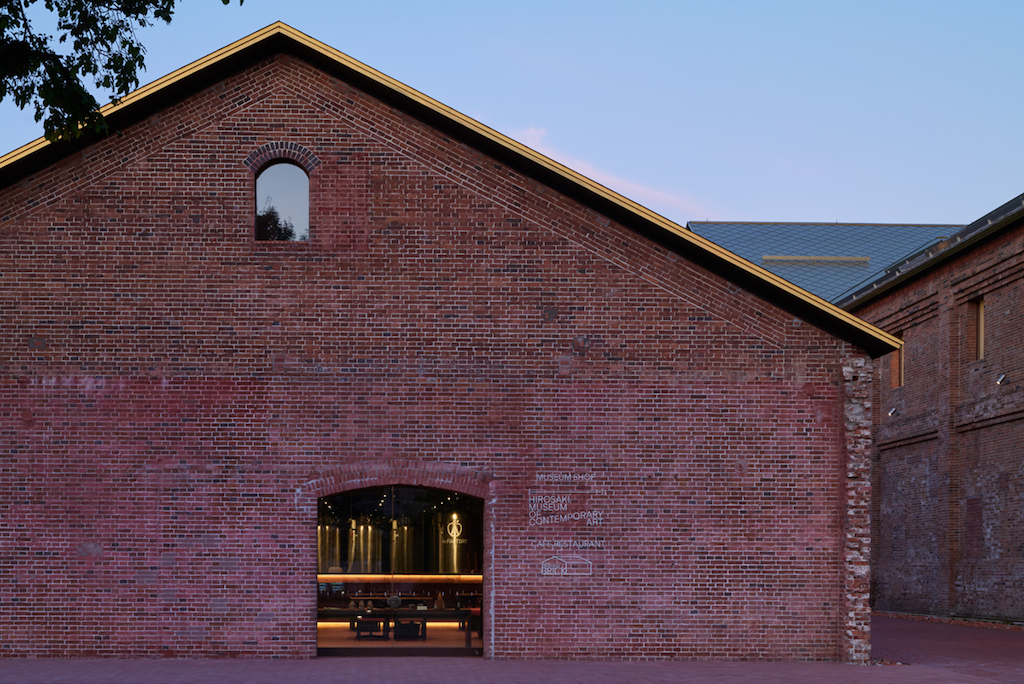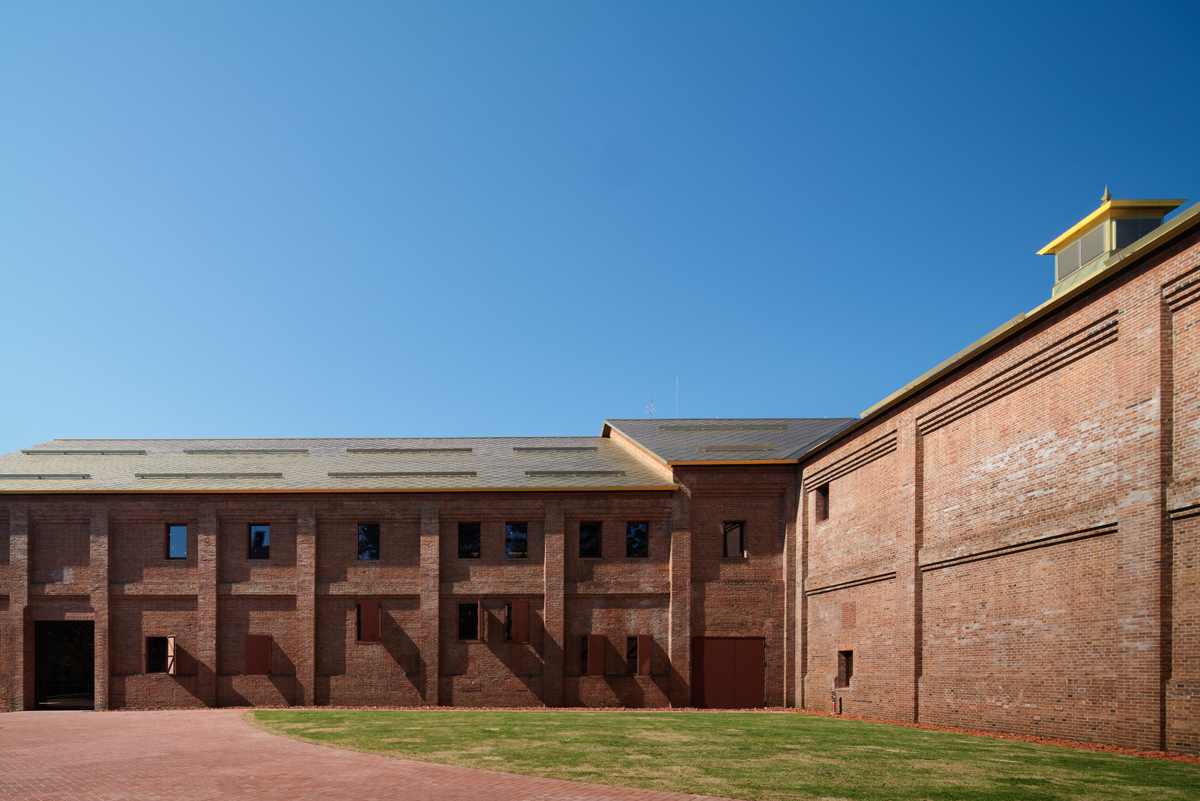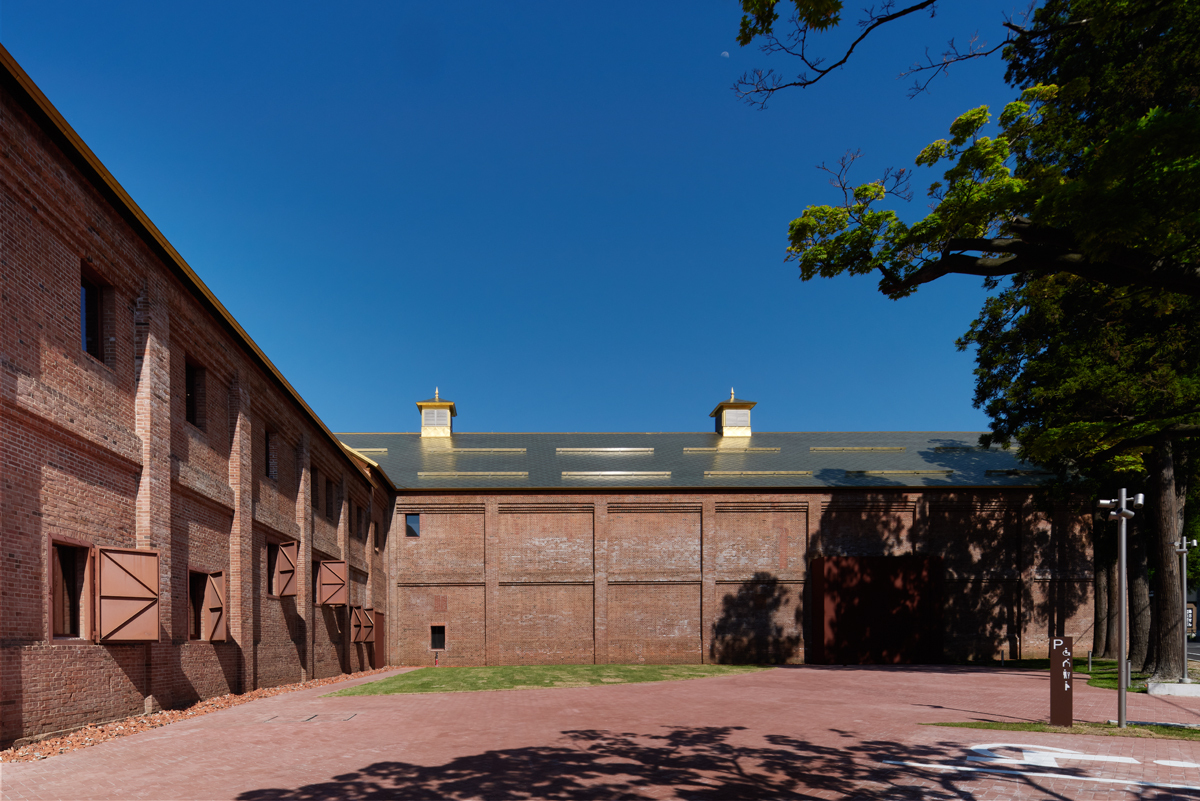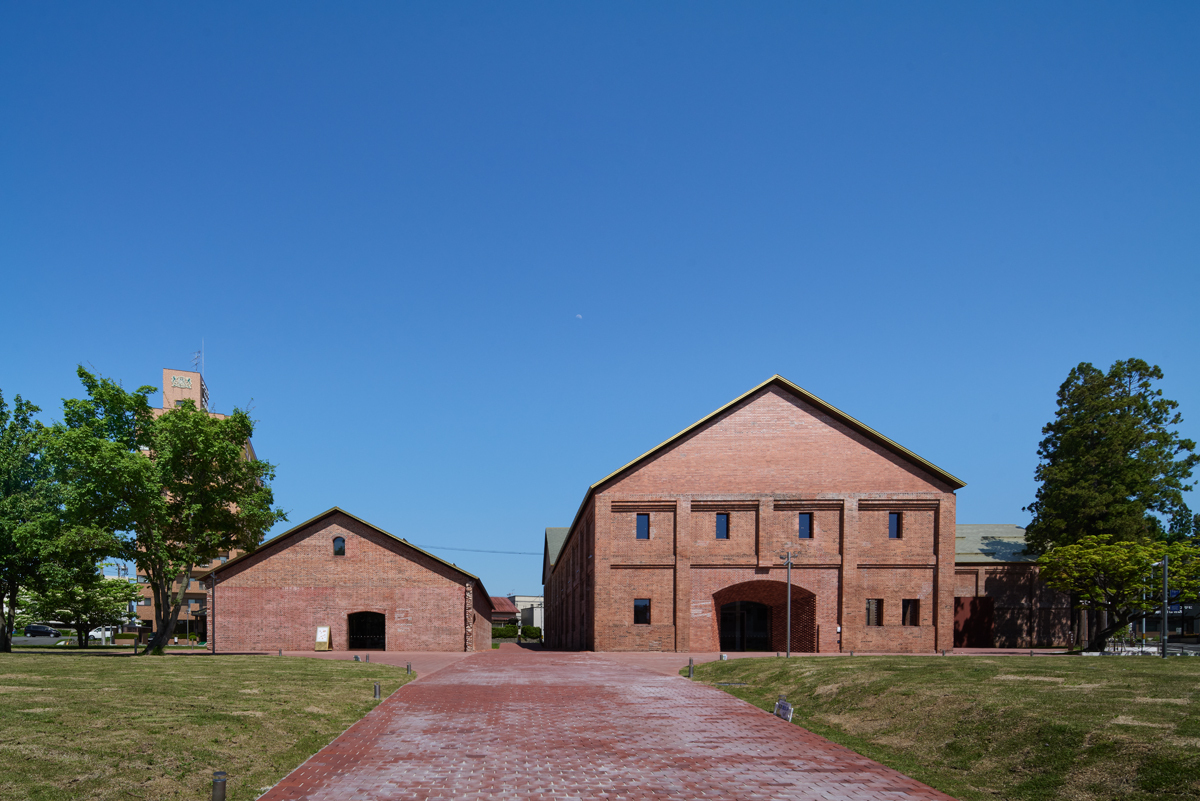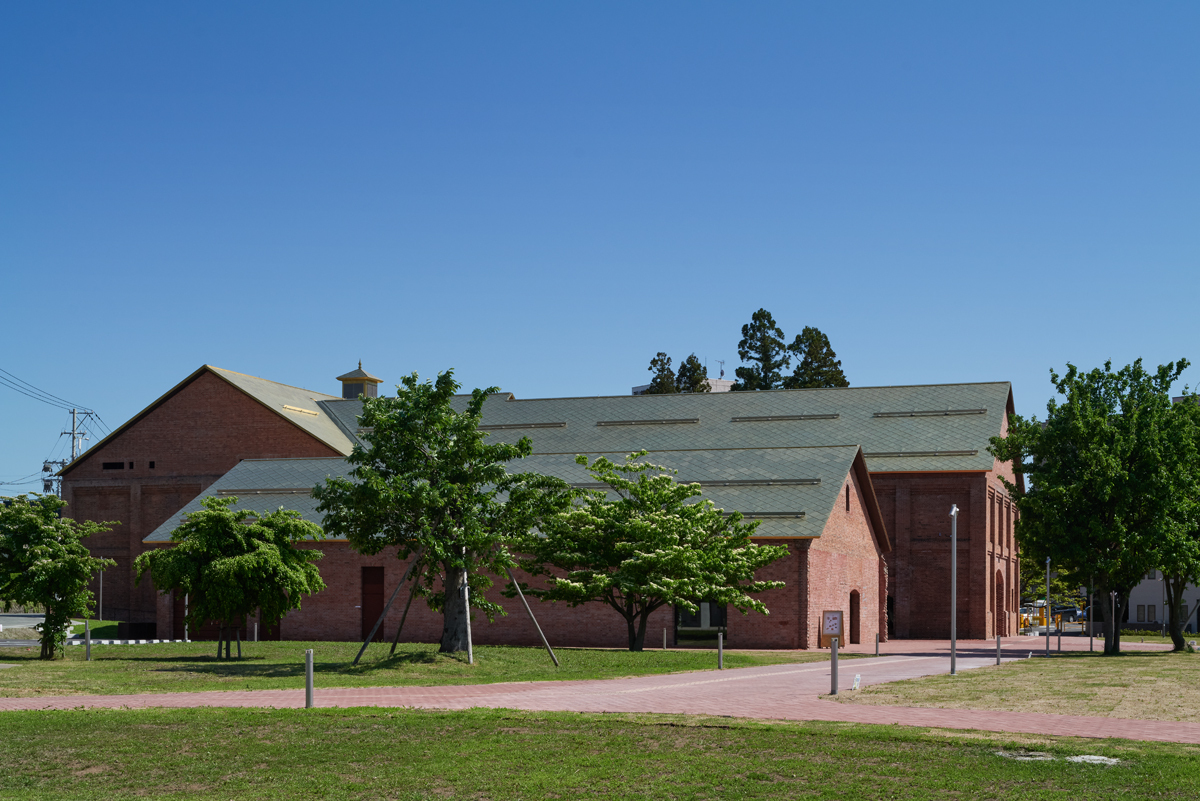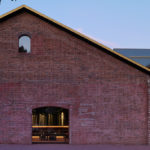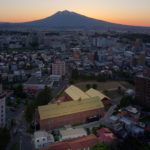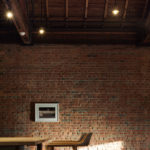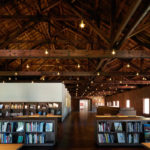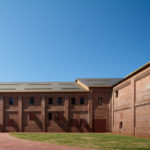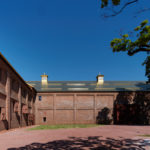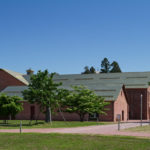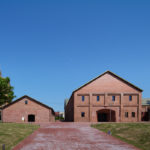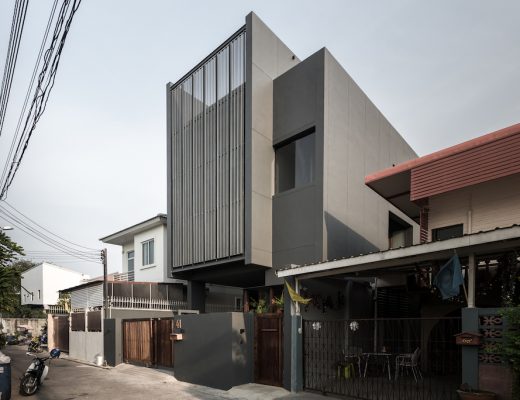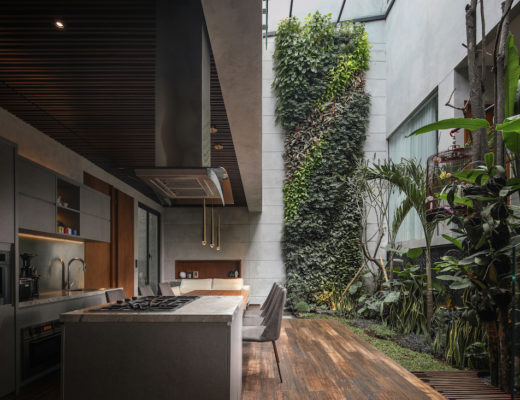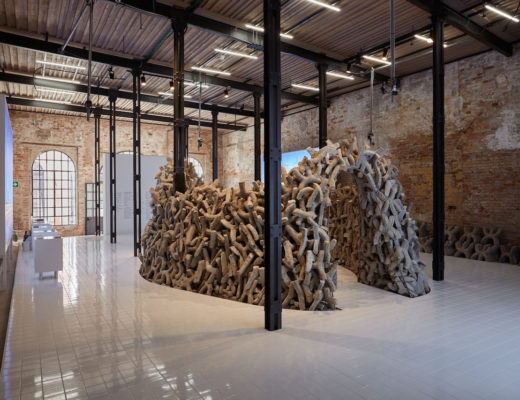Atelier Tsuyoshi Tane Architects (ATTA) has designed the recently-opened Hirosaki Museum of Contemporary Art (Hirosaki MOCA), located in northern Japan’s western Aomori Prefecture. The city is known for being the largest producer of apples in Japan.
During the design process, ATTA was inspired by the memory of the city and the existing historical brick building. The first brick warehouses were built in the early 1900s (Taisho period) for Japanese sake breweries. The number of brick breweries gradually increased, but many started producing cider to improve the value of apples as well as provide additional income to apple farmers. The production stopped after a few decades and the breweries became storage warehouses.
ATTA obtained the right to renovate a former 3,587m² warehouse into a museum through a PFI competition organised by Hirosaki City in 2017. It was the first major museum project in Japan for the office. ATTA chose the concept “continuous memories” to inherit the history of the warehouse and building.
“The idea is to re-establish the importance of the warehouse with intervention and preservation of the original red bricks. We removed the old plaster to reveal the original red-coloured bricks and added new matching bricks when needed in order to not distinguish between old and new. To honour the history of the building, we designed the “cider gold” roof with titanium and a diagonal roofing technique to symbolise the memory of the former large-scale cider factory. While preserving and renovating the old brick building, we also enhanced its seismic performance to prevent damage during large scale earthquakes.” – ATTA
“Site-specific” and “time-specific” were selected as concepts to embody the museum exhibition spaces. Site-specific aims to create artworks that interact with the architecture of the brick warehouse and to stimulate new creativity, preserve the architecture memory and deliver new spatial experiences with artworks, while creating a new modern industrial heritage.
On the other hand, “time-specific”, is a concept that influences the design of the exhibitions which operate at different rhythms, and flexible use of the space. In order to bring out the full potential of the brick warehouse, spaces are assigned freely and flexibly. To build the annual programme, each artwork, installation, or exhibition is displayed for a different duration ranging from short-term to long-term.
The museum is composed of several facilities: five exhibition rooms including one 15m high gallery, a civic gallery and three studios, a library and a museum shop and café. The public space named ‘museum road’ will guide the visitors to the museum to discover the new role of the art museum in the 21st century.
Concept: Tsuyoshi Tane
Project Manager: Haruki Nakayama
Project Architect: Valentino Pagani, Daisuke Maeda, Aoi Akimoto
Design Team: Kuniyuki Okuyama, Matteo Broggini, Shota Yamamoto, Matteo Lunanova, Hiroki Sato, Yosuke Tsukamoto, Ryosuke Yago
Museum Building Project Representative: Starts Corporation Incorporated
Museum Management: N&A Incorporated
Museum Building Project Management: NTT Facilities Incorporated + NTT Facilities Tohoku Incorporated
Museum Building Structure: Obayashi Corporation + Starts Cam
Museum Building Lighting: Izumi Okayasu Lighting Design
Museum Building Engineer: P.T.Morimura & Associates, Limited
Museum Building Construction: Starts Cam, Obayashi Corporation, Minami Kensetsu
Cafe & Shop Building Project Management: Starts Cam
Cafe & Shop Building Structure:Yasuhirokaneda Structure
Cafe & Shop Building Lighting:Izumi Okayasu Lighting Design
Cafe & Shop Building Construction:Nishimura-Gumi
Manufacturers: Sanwa, Katsumata Metal Industry, LIKE Company Limited, Nabco, Takayama Brick Architects Design, Union, front
See the full gallery here:
Photos: Daici Ano
You might also like:
YKH Associates designs South Korean brewery using cobalt blue pigmented coarse concrete
BLACKhome architects to revive the Jinwei Brewery District in Shenzhen

